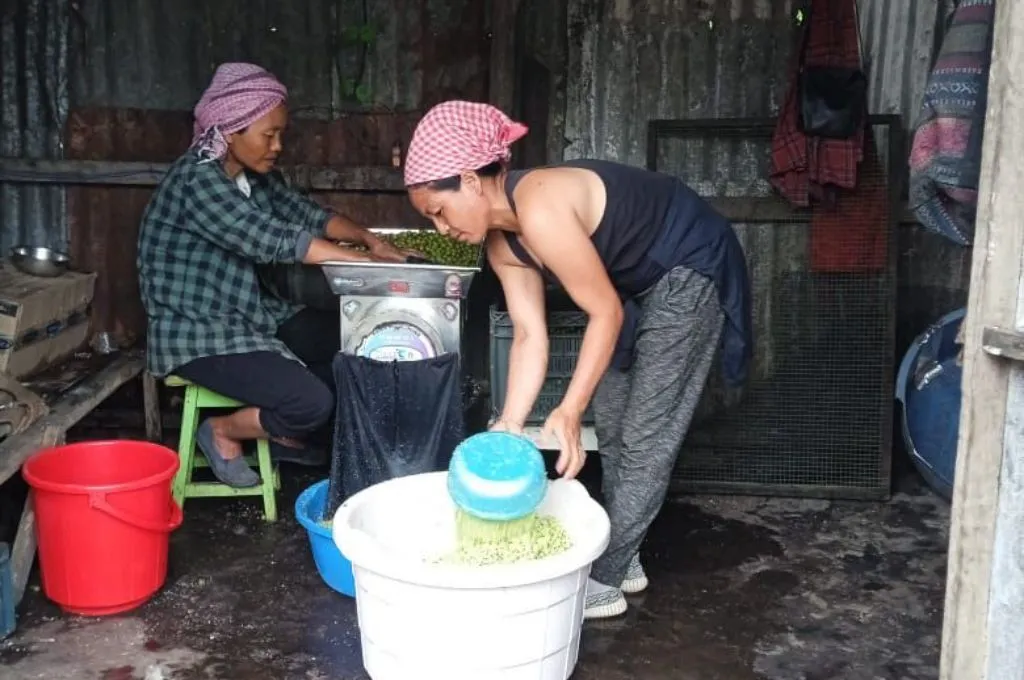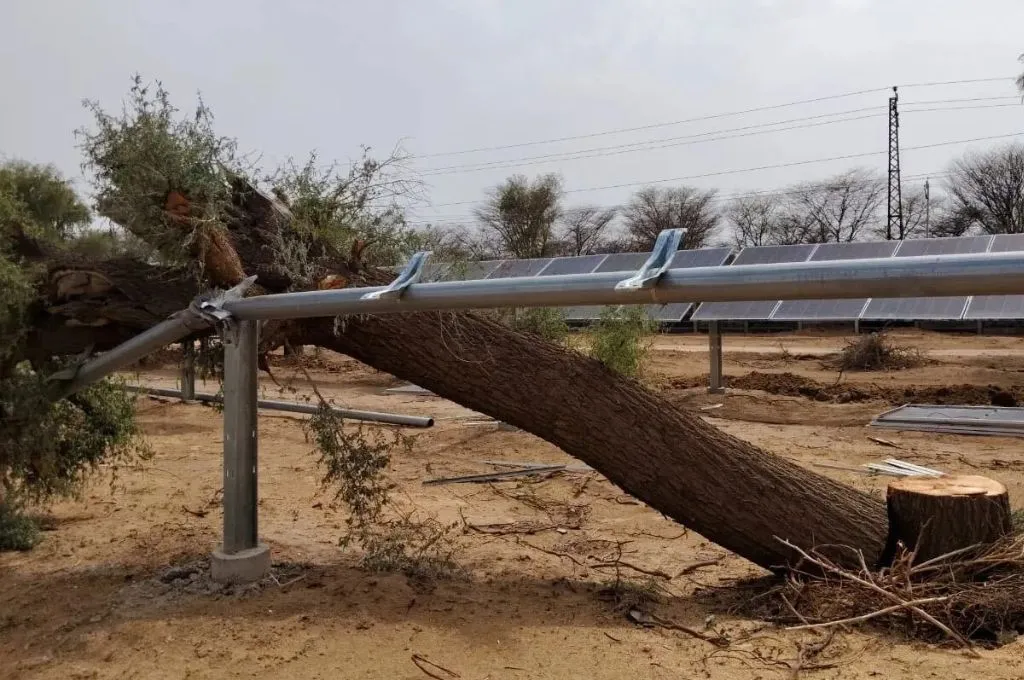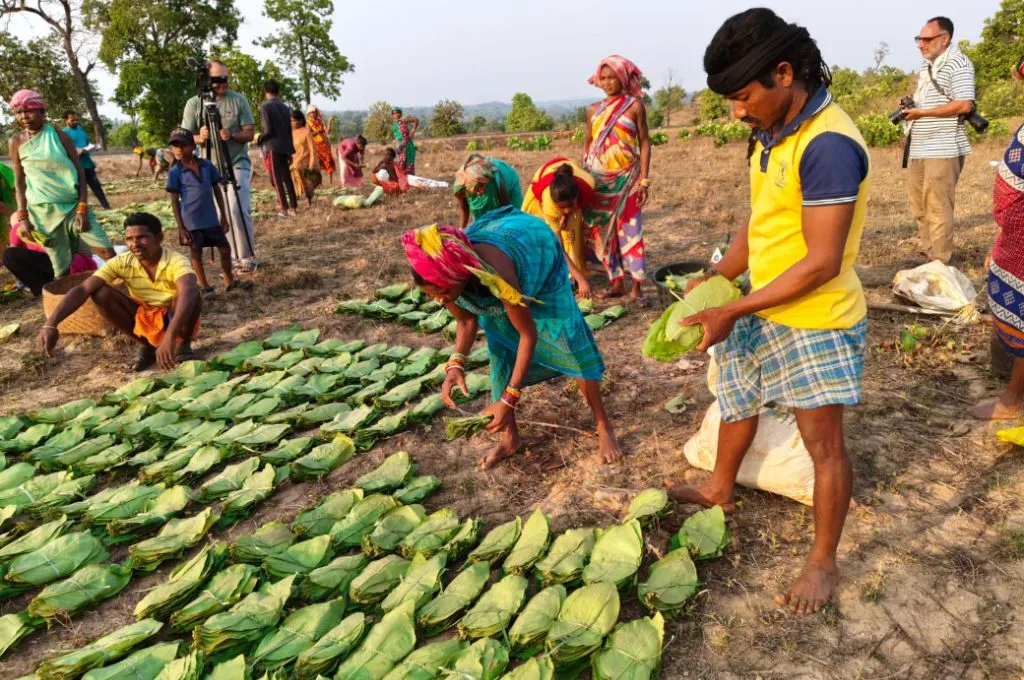Why are the Kuki-Zo in Manipur negotiating for land?

In Churachandpur district, Manipur, most land is owned and controlled by village chiefs. This is especially true for the Kuki-Zo community, whose members often lack individual land rights under customary Kuki land laws. Agricultural and allied activities are primarily carried out on land owned by the chief, and village settlements are rarely permanent.
Residents frequently migrate from one village to another, engaging in shifting cultivation and working as labourers on the chiefs’ lands. This constant movement makes it difficult to achieve economic stability. To address these challenges, we at Rural Aid Service (RAS) started a livelihood initiative designed to generate income for the community through the cultivation of wild edible crops. These crops are in demand among urban populations and command a higher market value.
We introduced the concept of model plots, an integrated farming system established on land owned by village chiefs. Setting up these model plots required careful negotiation with them, as the land is a source of income for the chiefs. They are free to continue their economic activities on the land, but are asked to allot a small portion of it for the model plot. So far, 12 villages have signed agreements to allocate one acre of land each for these plots. These agreements, valid for 15 years, are legally binding and ensure secure land access for villagers.
This encourages people to invest in long-term cultivation and fosters a sense of ownership over the land. By reducing the need for inter-village migration, it enables families to settle in one place.
Each one-acre model plot has a mix of fruits and vegetables with both nutritional and medicinal value. For instance, while passion fruit is usually consumed as fruit or juice, its bitter leaf—locally known as khalthei che—is used in pork dishes and helps lower blood sugar levels. Many adults in the community consume these leaves regularly for their health benefits.
Another plant, chonbeh, produces fruit that is popular among urban communities. Due to its large leaves, it is strategically planted along the perimeter of the model plots, thereby serving as a natural fence and reducing competition for sunlight with other crops.
Many farmers have already begun harvesting and earning from the sale of wild crops, helping them secure livelihoods without migrating from the places they have lived in for generations.
Paohaolen Haokip works as a project coordinator with Rural Aid Service.
—
Know more: Read about how landless Dalit women in Punjab are farming on village common land.
Do more: Connect with the author at paohaolenhaokip@gmail.com to learn more about and support his work.



